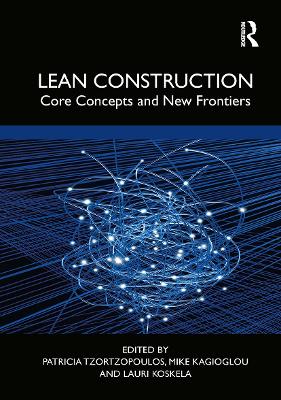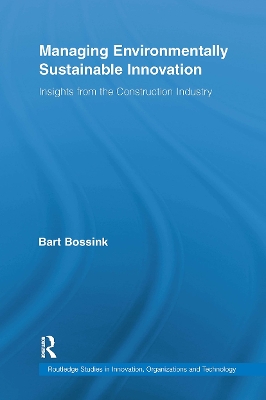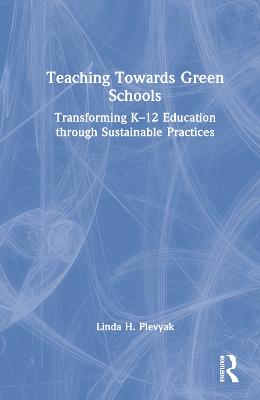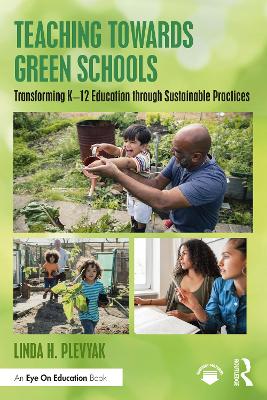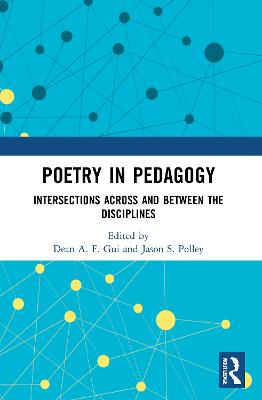Teaching Innovation in Architecture and Building Engineering
 portes grátis
portes grátis
Teaching Innovation in Architecture and Building Engineering
Challenges of the 21st century
de la Hoz-Torres, Maria Luisa; Bienvenido-Huertas, David; Aguilar Aguilera, Antonio Jesus
Springer International Publishing AG
06/2024
655
Dura
9783031596438
15 a 20 dias
Descrição não disponível.
Part 1 Active learning methodologies.- Chapter 1 Gamification as a strategy for teaching construction project management systems.- Chapter 2 Gamified Architectural Design: Advancing Education with Extended Reality and AI Insights.- Chapter 3 Challenge based learning and flipped classroom: the way to train as a future prescribers of building materials to students.- Chapter 4 Initiation to Construction through student self-recording and the use of mobile applications to ensure active learning.- Chapter 5 FLIP-QTC: Enhancing quality testing and control knowledge on building materials through the Flipped Classroom methodology.- Chapter 6 Behavior pattern of building engineering students with flipped classroom: visualization and clustering evaluation analysis.- Chapter 7 Knowledge pills in Bachelor's Degree in Architecture: the Case of structural design.- Chapter 8 Successful application of active and collaborative learning methods in Geotechnics on Algarve University Civil Engineering course.- Chapter 9 A problem-based learning for the study of materials for construction.- Chapter 10 Team Based Learning as a tool for active learning of English in a STEM writing course.- Chapter 11 Introduction of b-learning and active methodologies aimed at enhancing the learning of Structural Analysis at higher education.- Chapter 12 Effectiveness of collaborative learning in engineering degrees. Improvement of professional skills.- Chapter 13 Knowledge Management Strategies and Their Impact on Advancing Biomaterials Innovation: Unique Competencies in Ibero-American Universities.- Chapter 14 Service-learning: improving both city and training of our building degree students.- Part 2 Innovative methodologies applied to learning process.- Chapter 15 Geospatial Insights: Harnessing GIS for Innovation in Architectural and Building Engineering Education.- Chapter 16 Adapting Agile Scrum Methodology for the Subject of Building Project Design in University Teaching.- Chapter 17 An environmental tool for End-of Degree Projects.- Chapter 18 Geotechnics, Heritage and Sustainability. A digitised and transversal knowledge of the underground in architecture higher education.- Chapter 19 Advancing transversal competencies in Engineering and Architecture: Integrating GIS and related tasks in multidisciplinary education.- Chapter 20 Methodological reflections on the teaching of digital tools in the field of the survey and representation of architectural heritage.- Chapter 21 Use of new technologies in university education in the field of building.- Chapter 22 Use of computer applications for data collection in technical inspections of buildings.- Chapter 23 Geographic Information Systems and Web GIS in higher education: a collaborative tool for the analysis of accessibility in the urban and built environment.- Chapter 24 Incorporating virtual simulations based on Building Information Modelling methodology as a teaching-learning tool.- Chapter 25 Building the future: Empowering young minds in the digital era through experiential architectural education.- Chapter 26 The application of flexible teaching as a response to 21st-century needs: experiences in Building Materials subjects.- Chapter 27 Maximizing Learning Potential: Embracing the Power of Digital Twins in Architectural and Construction Education of the 21st Century.- Part 3 Traditional vs. Advanced Techniques.- Chapter 28 New experimental teaching proposal to evaluate foreign students in technical subjects.- Chapter 29 Cognitive performance in virtual and physical classrooms: Are they comparable?.- Chapter 30 Innovative framework based on open-source programs in engineering education to modeled buildings' heat gains.- Chapter 31 Sustainable development applied to presentation environments for final degree projects.- Chapter 32 Tools and optimization of computer techniques applied to structural concrete.- Chapter 33 Data management model for software implementation applied to innovation and learning of construction management.- Chapter 34 Detection capacity by professors of academic architecture projects carried out with artificial intelligence.- Chapter 35 Limitations in the academic writing process of postgraduate students between 2010-2020. What tools do we have?.- Chapter 36 Academic Writing Tools for Postgraduate Students in architecture and building engineering.
Este título pertence ao(s) assunto(s) indicados(s). Para ver outros títulos clique no assunto desejado.
Architecture;Building engineering;Active learning methodologies;Flipped Classroom;Gamification;Team Based Learning;E-learning;eXtended Reality;ChatGPT;virtual reality;Open Access
Part 1 Active learning methodologies.- Chapter 1 Gamification as a strategy for teaching construction project management systems.- Chapter 2 Gamified Architectural Design: Advancing Education with Extended Reality and AI Insights.- Chapter 3 Challenge based learning and flipped classroom: the way to train as a future prescribers of building materials to students.- Chapter 4 Initiation to Construction through student self-recording and the use of mobile applications to ensure active learning.- Chapter 5 FLIP-QTC: Enhancing quality testing and control knowledge on building materials through the Flipped Classroom methodology.- Chapter 6 Behavior pattern of building engineering students with flipped classroom: visualization and clustering evaluation analysis.- Chapter 7 Knowledge pills in Bachelor's Degree in Architecture: the Case of structural design.- Chapter 8 Successful application of active and collaborative learning methods in Geotechnics on Algarve University Civil Engineering course.- Chapter 9 A problem-based learning for the study of materials for construction.- Chapter 10 Team Based Learning as a tool for active learning of English in a STEM writing course.- Chapter 11 Introduction of b-learning and active methodologies aimed at enhancing the learning of Structural Analysis at higher education.- Chapter 12 Effectiveness of collaborative learning in engineering degrees. Improvement of professional skills.- Chapter 13 Knowledge Management Strategies and Their Impact on Advancing Biomaterials Innovation: Unique Competencies in Ibero-American Universities.- Chapter 14 Service-learning: improving both city and training of our building degree students.- Part 2 Innovative methodologies applied to learning process.- Chapter 15 Geospatial Insights: Harnessing GIS for Innovation in Architectural and Building Engineering Education.- Chapter 16 Adapting Agile Scrum Methodology for the Subject of Building Project Design in University Teaching.- Chapter 17 An environmental tool for End-of Degree Projects.- Chapter 18 Geotechnics, Heritage and Sustainability. A digitised and transversal knowledge of the underground in architecture higher education.- Chapter 19 Advancing transversal competencies in Engineering and Architecture: Integrating GIS and related tasks in multidisciplinary education.- Chapter 20 Methodological reflections on the teaching of digital tools in the field of the survey and representation of architectural heritage.- Chapter 21 Use of new technologies in university education in the field of building.- Chapter 22 Use of computer applications for data collection in technical inspections of buildings.- Chapter 23 Geographic Information Systems and Web GIS in higher education: a collaborative tool for the analysis of accessibility in the urban and built environment.- Chapter 24 Incorporating virtual simulations based on Building Information Modelling methodology as a teaching-learning tool.- Chapter 25 Building the future: Empowering young minds in the digital era through experiential architectural education.- Chapter 26 The application of flexible teaching as a response to 21st-century needs: experiences in Building Materials subjects.- Chapter 27 Maximizing Learning Potential: Embracing the Power of Digital Twins in Architectural and Construction Education of the 21st Century.- Part 3 Traditional vs. Advanced Techniques.- Chapter 28 New experimental teaching proposal to evaluate foreign students in technical subjects.- Chapter 29 Cognitive performance in virtual and physical classrooms: Are they comparable?.- Chapter 30 Innovative framework based on open-source programs in engineering education to modeled buildings' heat gains.- Chapter 31 Sustainable development applied to presentation environments for final degree projects.- Chapter 32 Tools and optimization of computer techniques applied to structural concrete.- Chapter 33 Data management model for software implementation applied to innovation and learning of construction management.- Chapter 34 Detection capacity by professors of academic architecture projects carried out with artificial intelligence.- Chapter 35 Limitations in the academic writing process of postgraduate students between 2010-2020. What tools do we have?.- Chapter 36 Academic Writing Tools for Postgraduate Students in architecture and building engineering.
Este título pertence ao(s) assunto(s) indicados(s). Para ver outros títulos clique no assunto desejado.


